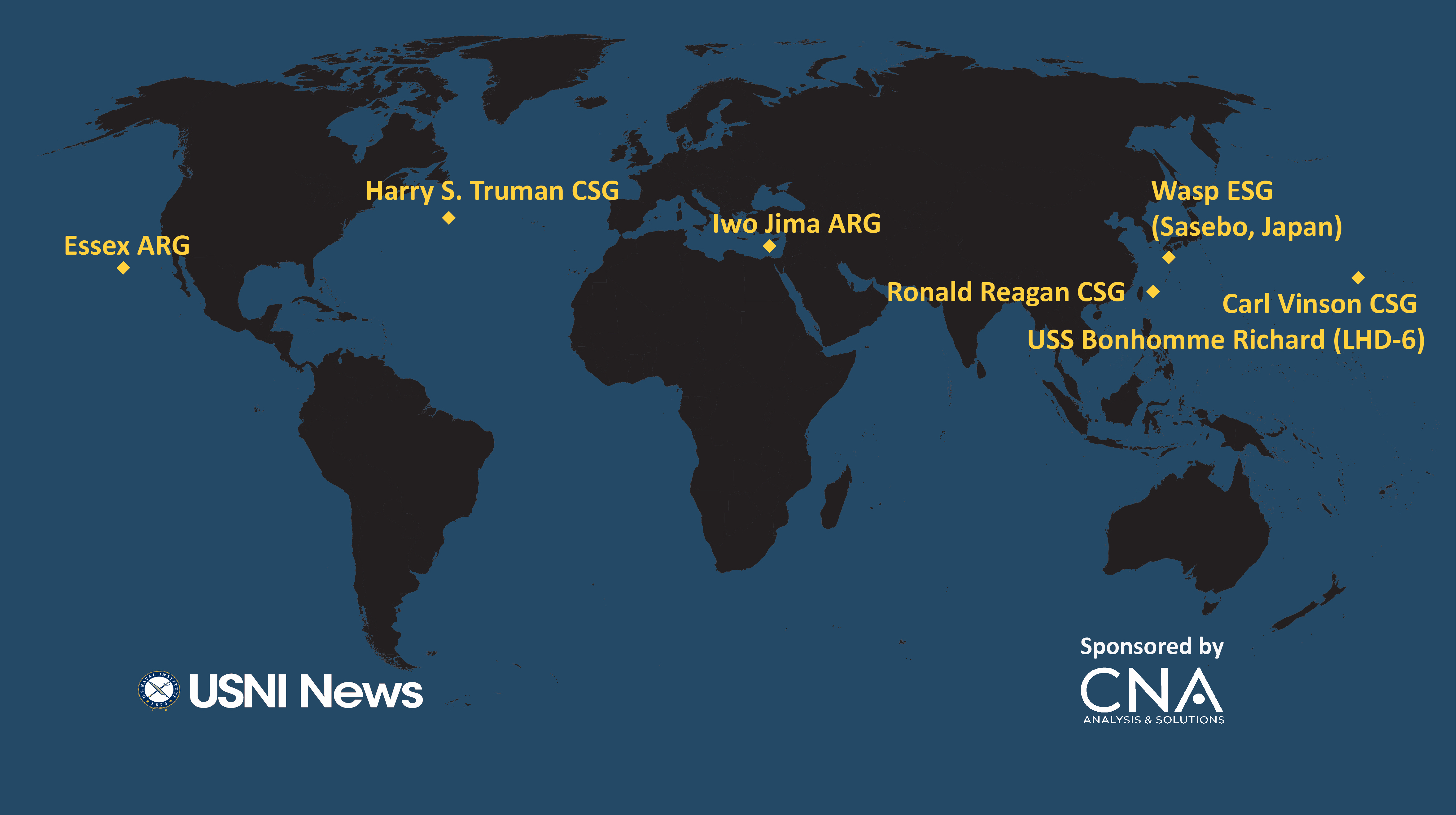
The USNI News Fleet and Marine Tracker is sponsored by CNA. These are the approximate positions of the U.S. Navy’s deployed carrier strike groups and amphibious ready groups throughout the world as of July 16, 2018, based on Navy and public data. In cases where a CSG or ARG is conducting disaggregated operations, the map reflects the location of the capital ship.
Total U.S. Navy Battle Force:
284
Ships Underway
| Deployed Ships Underway | Non-deployed Ships Underway | Total Ships Underway |
| 30 | 50 | 80 |
In the Middle Atlantic
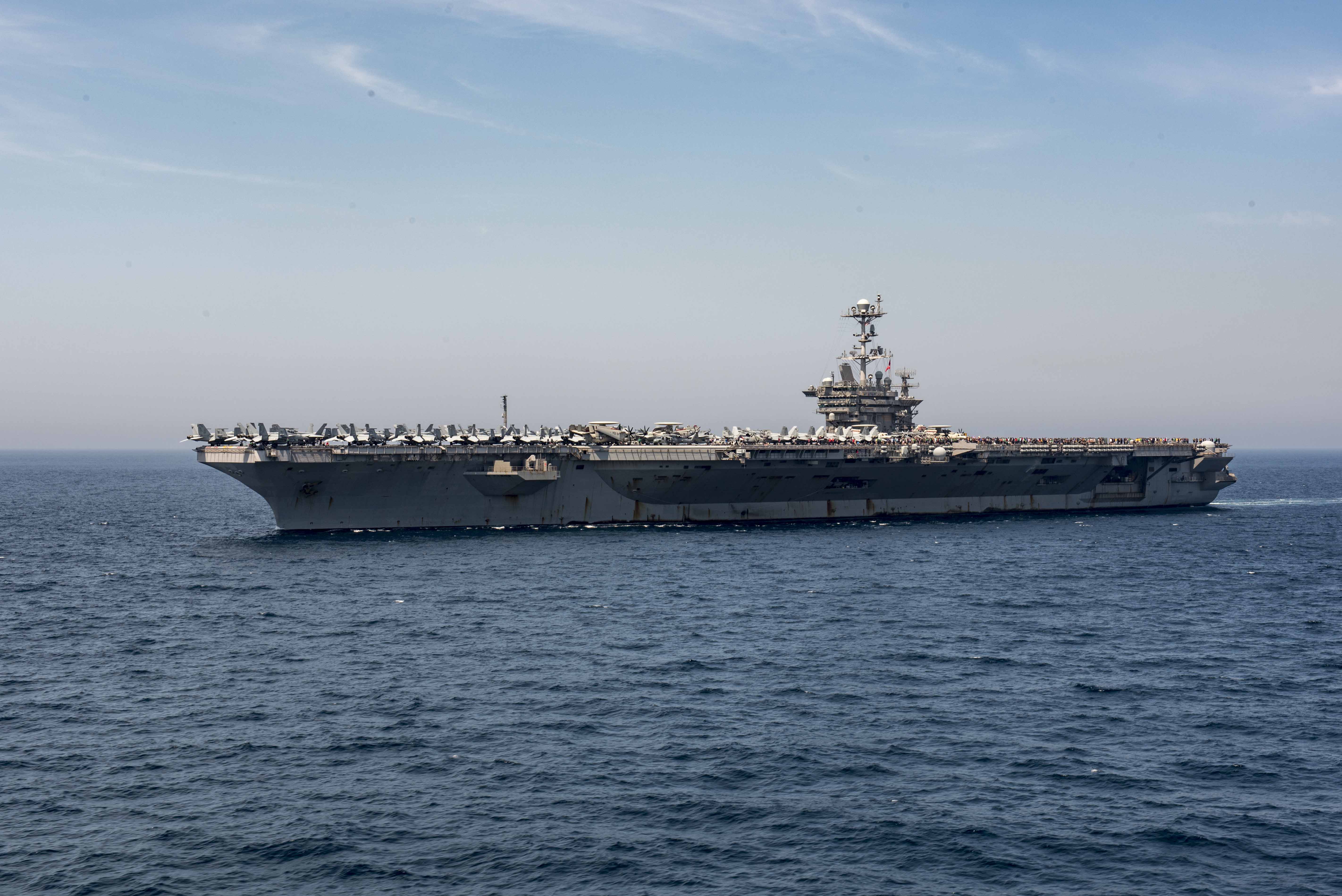
The Harry S. Truman Carrier Strike Group (CSG) is underway in the middle Atlantic. At least a portion of the strike group has chopped into the U.S. Fleet Forces Command area of responsibility from U.S. 6th Fleet. Fleet Forces oversees forces between the southern tip of Greenland and the Atlantic Coast of North America. That role will pass from Fleet Forces to U.S. 2nd Fleet as the newly reestablished command stands up in the coming months.
Carrier Strike Group 8
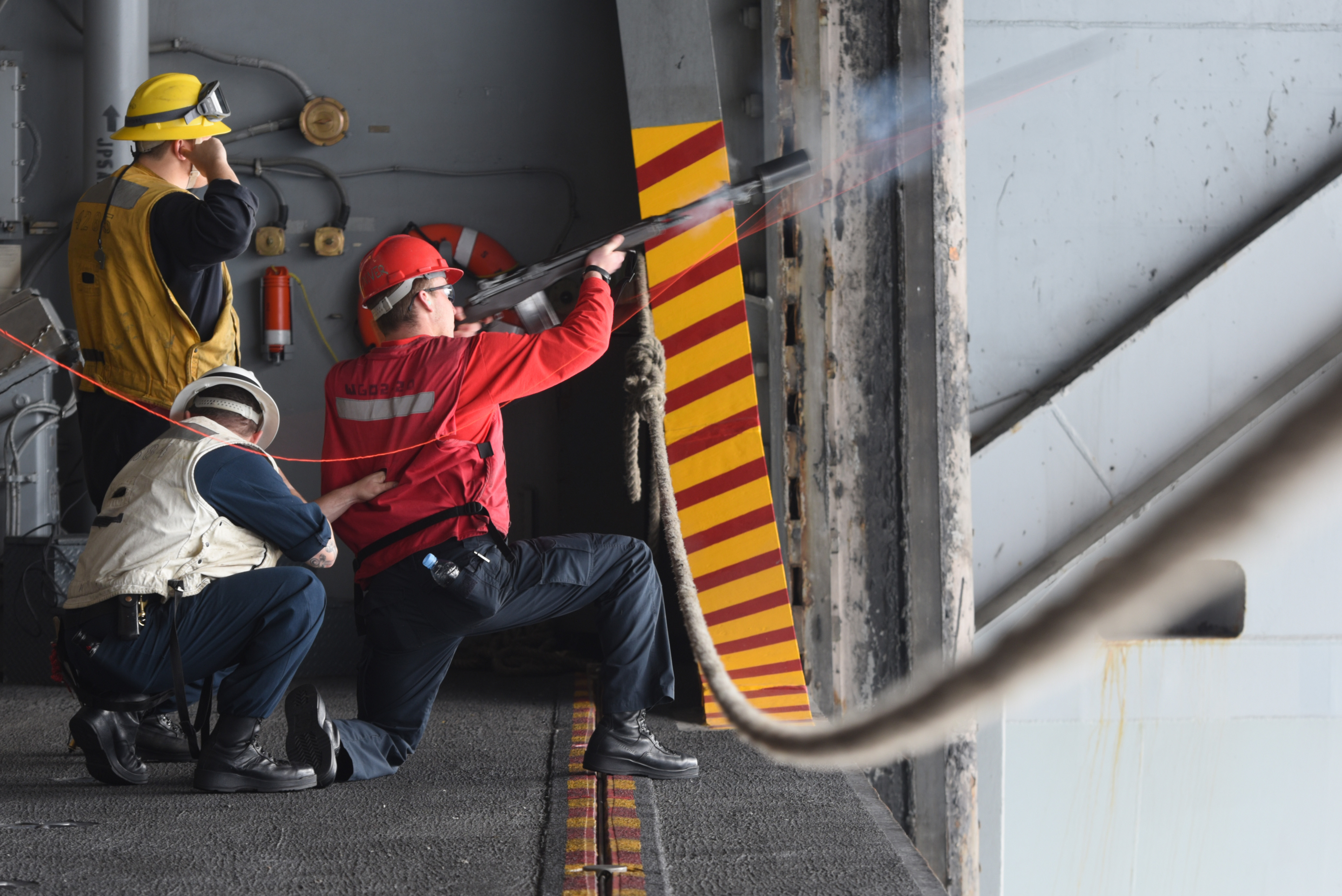
Aircraft carrier:
USS Harry S. Truman (CVN-75), homeported in Norfolk, Va.
Carrier Air Wing 1
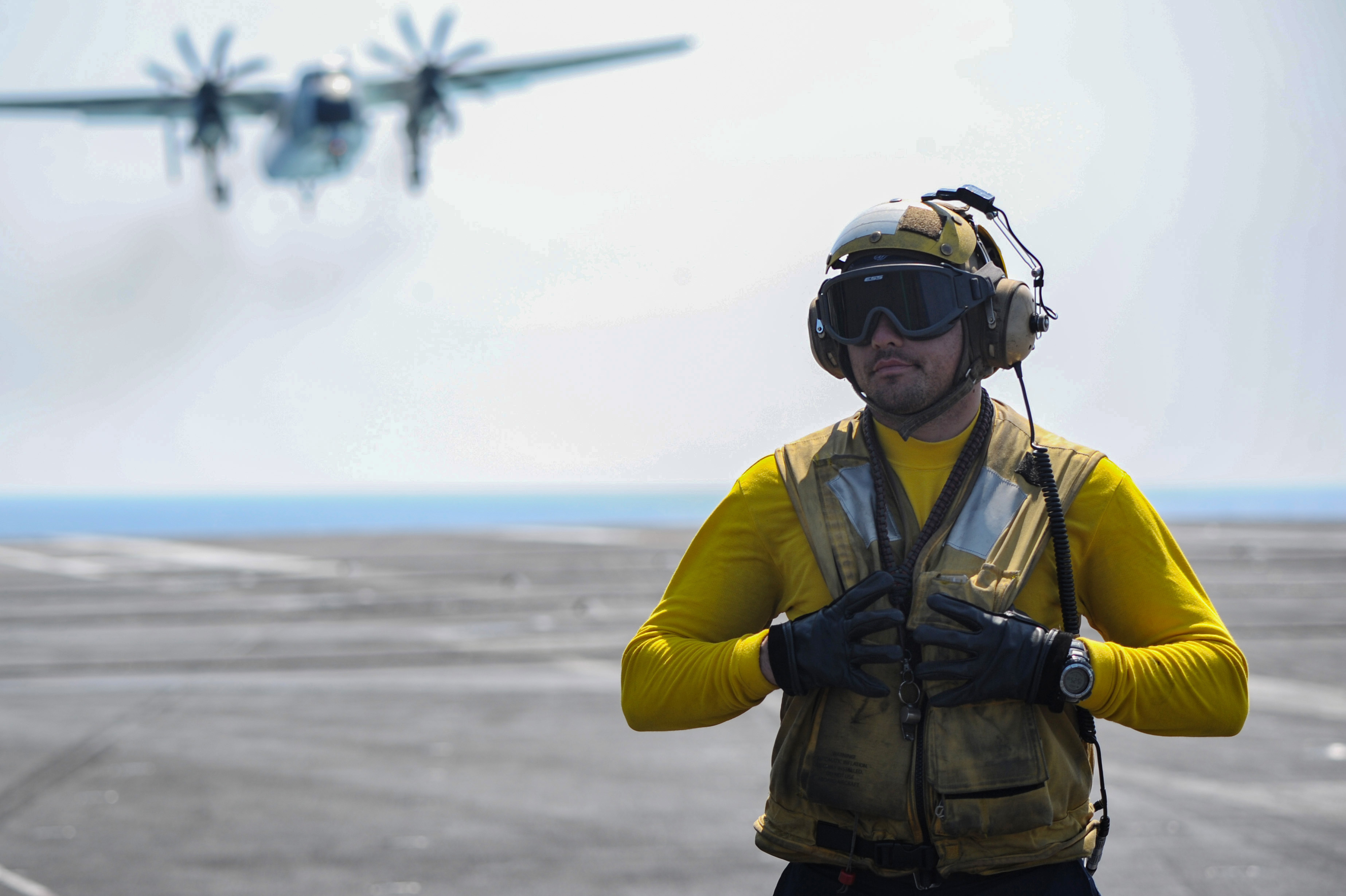
CVW 1 from Naval Air Station Oceana, Va., is embarked aboard Harry S. Truman and includes nine squadrons and detachments:
- The “Red Rippers” of Strike Fighter Squadron (VFA) 11 from Naval Air Station Oceana, Va.
- The “Checkmates” of VFA-211 from Naval Air Station Oceania, Va.
- The “Sunliners” of VFA-81 from Naval Air Station Oceana, Va.
- The “Knighthawks” of VFA-136 from Naval Air Station Lemoore, Calif.
- The “Rooks” of Electronic Attack Squadron (VAQ) 137 from Naval Air Station Whidbey Island, Wash.
- The “Seahawks” of Carrier Airborne Early Warning Squadron (VAW) 126 from Naval Air Station Norfolk, Va.
- The “Rawhides” of Fleet Logistics Support Squadron (VRC) 40 from Naval Air Station Norfolk, Va.
- The “Dragon Slayers” of Helicopter Sea Combat Squadron (HSC) 11 from Naval Air Station Norfolk, Va.
- The “Proud Warriors” of Helicopter Maritime Strike Squadron (HSM 72) from Naval Air Station Jacksonville, Fla.
Destroyer Squadron 28
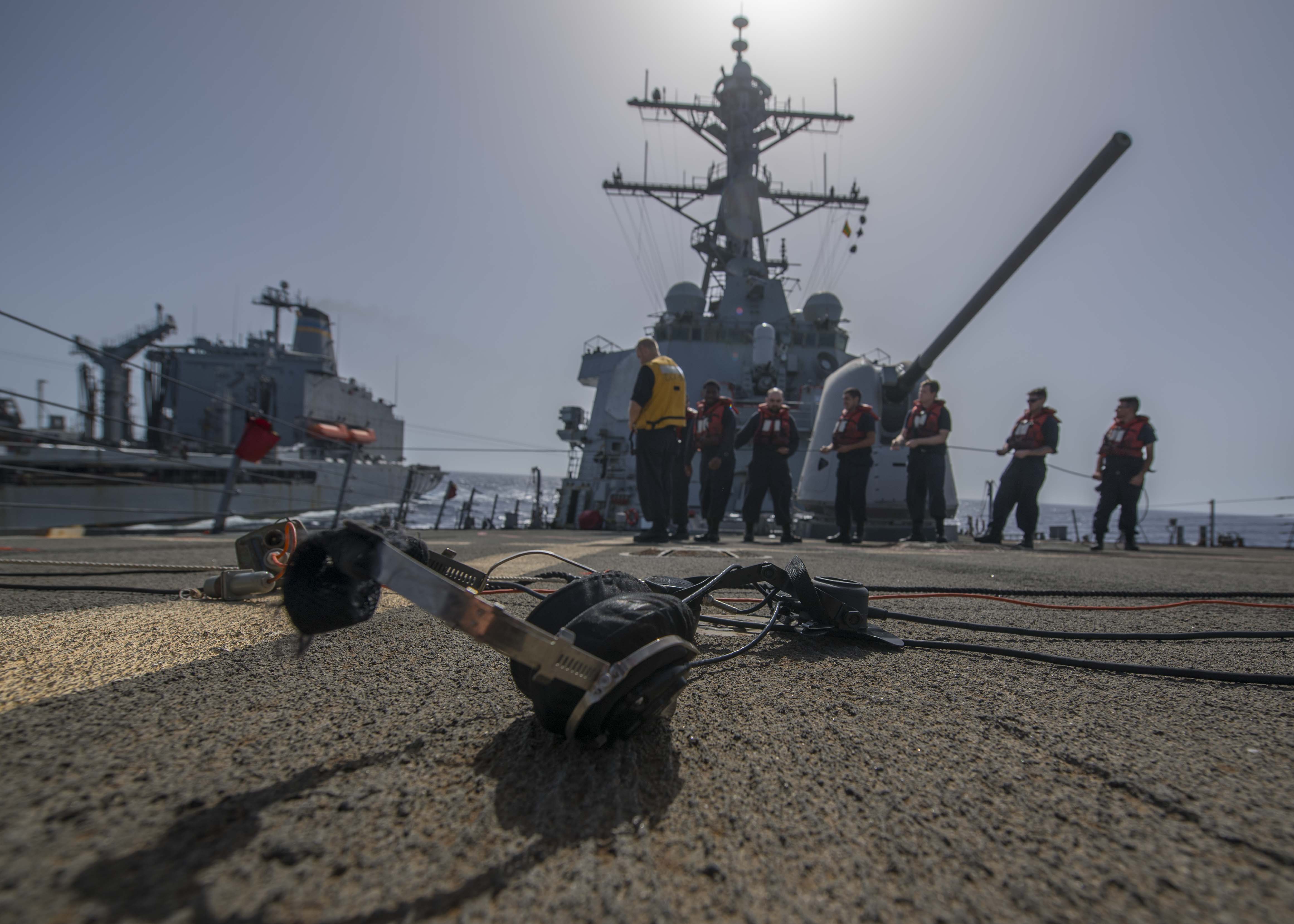
The leadership of DESRON 28 is embarked aboard Harry S. Truman and commands the CSG’s guided-missile destroyers.
- USS Farragut (DDG-99), homeported in Mayport, Fla.
- USS Forrest Sherman (DDG-98), homeported in Norfolk, Va.
- USS Bulkeley (DDG-84), homeported in Norfolk, Va.
- USS Arleigh Burke (DDG-51), homeported in Norfolk, Va.
- USS The Sullivans (DDG-68), homeported in Mayport, Fla.
- USS Jason Dunham (DDG-109), homeported in Norfolk, Va.
The German Sachsen-class frigate FGS Hessen (F 221) is also operating as part of the strike group during the first half of the deployment.
The Sullivans and Jason Dunham did not deploy with the strike group but have joined in theater partway through the deployment, after departing from Mayport on May 26 and from Norfolk on June 2, respectively.
Guided-missile Cruiser
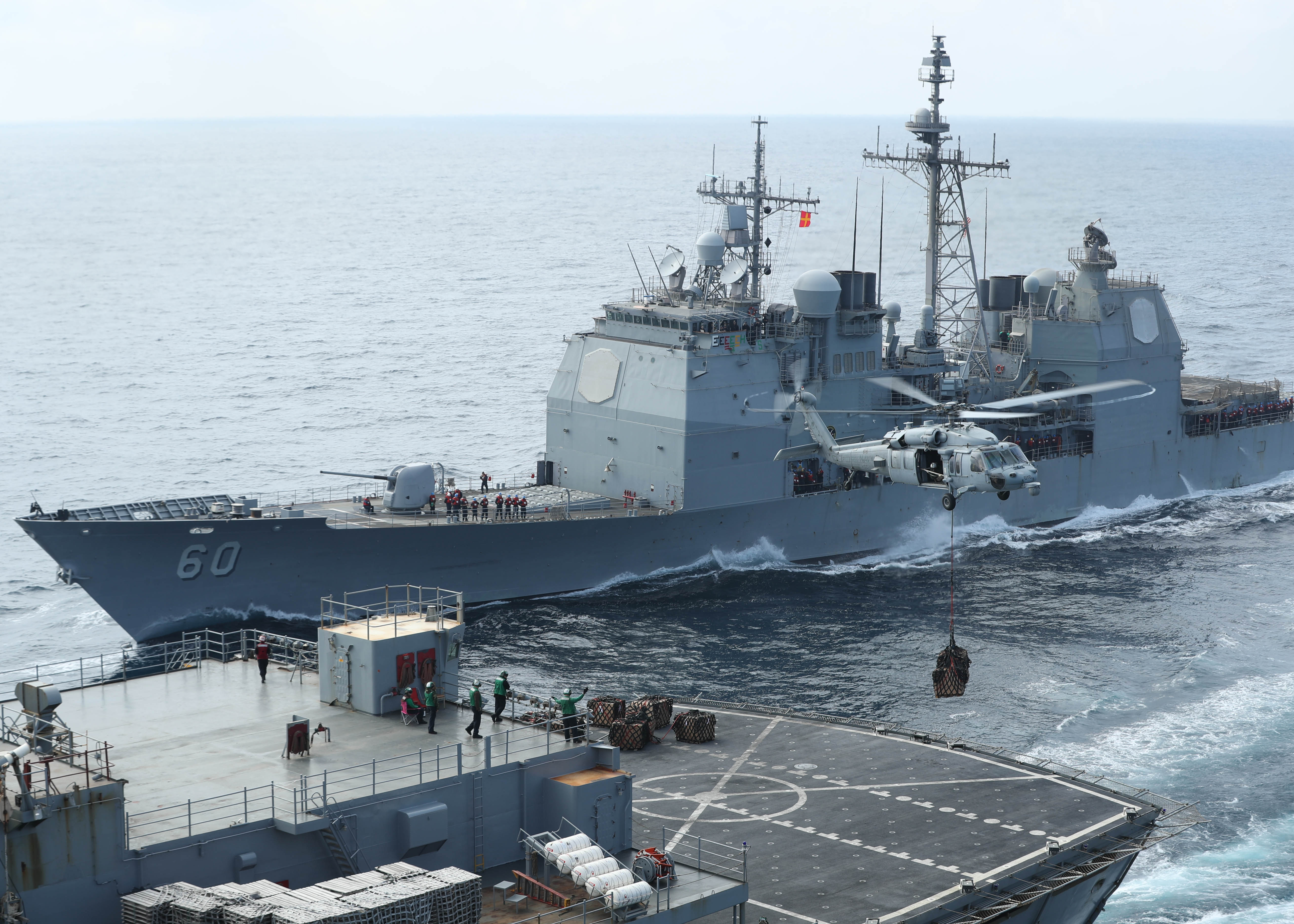
USS Normandy (CG-60), homeported in Norfolk, Va.
In the Mediterranean
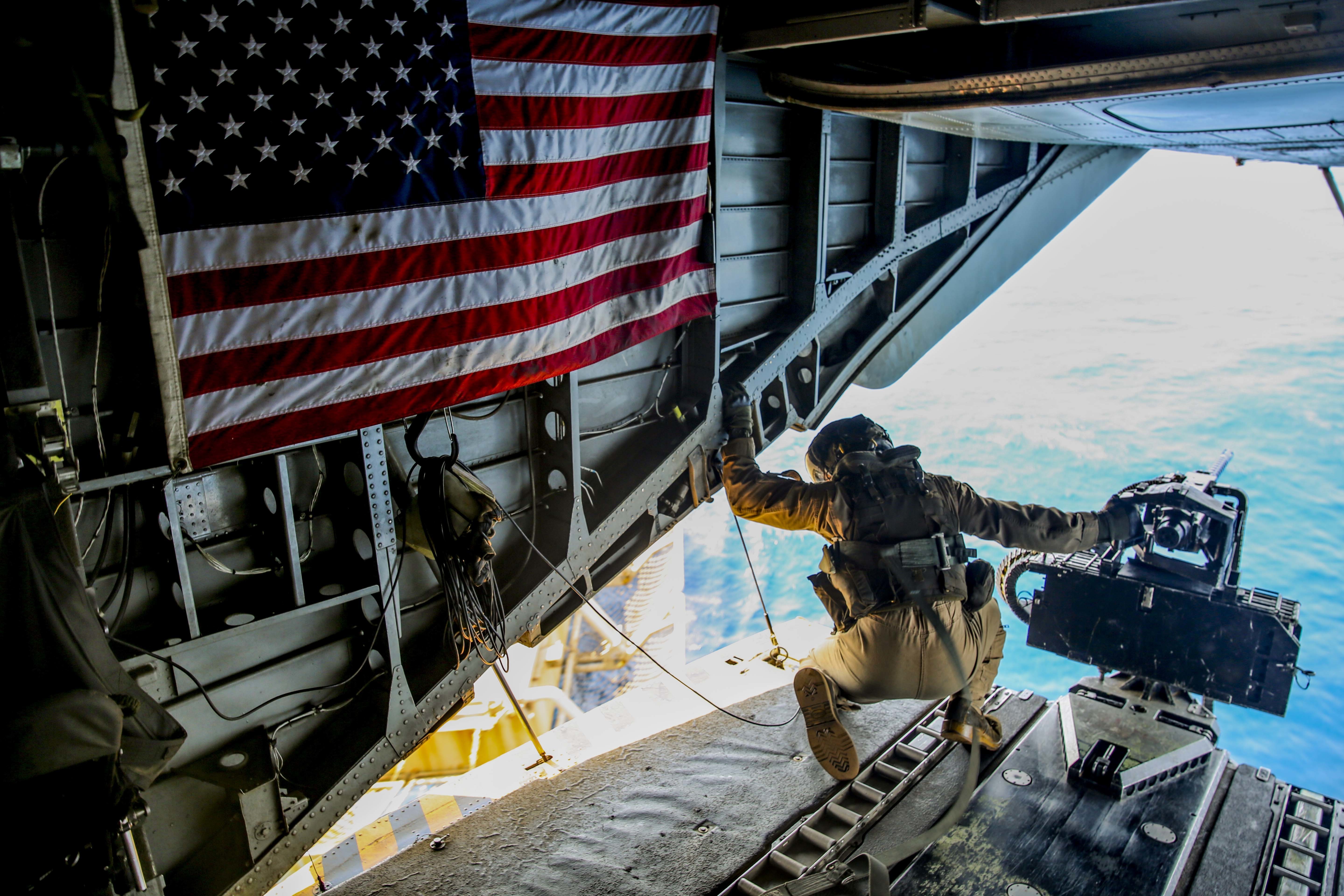
Amphibious assault ship USS Iwo Jima (LHD-7) just transited the Suez Canal and chopped into 6th Fleet. The Amphibious Ready Group (ARG) has been operating in a disaggregated manner, with some units such as USS Oak Hill (LSD-51) in the Baltic and USS New York (LPD-21) in the Mediterranean while Iwo Jima was previously operating in U.S. 5th Fleet locations such as the Red Sea and the Persian Gulf.
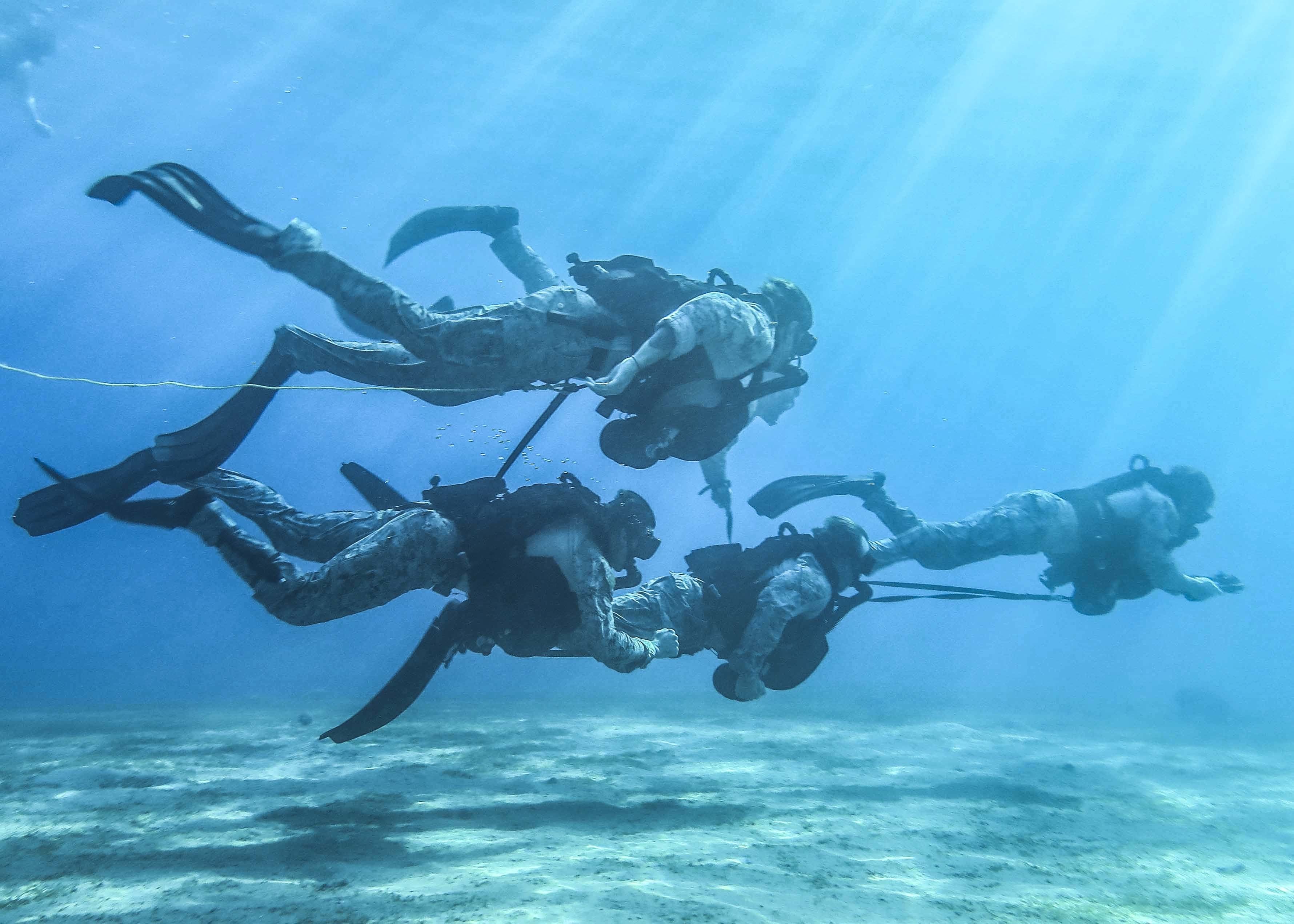
The Iwo Jima ARG with the 26th Marine Expeditionary Unit (MEU) deployed on Feb. 7 from Mayport, Fla. The ARG includes Iwo Jima, Oak Hill, New York, Fleet Surgical Team (FST) 8 and FST-4, Helicopter Sea Combat Squadron (HSC) 28, Tactical Air Control Squadron (TACRON) 22, components of Naval Beach Group (NBG) 2 and the embarked staff of Amphibious Squadron (PHIBRON) 4.
In the Western Pacific
Amphibious assault ship USS Wasp (LHD-1) is in port Sasebo, Japan.
In the Philippine Sea
Aircraft carrier USS Ronald Reagan (CVN-76) and Ticonderoga-class guided-missile cruisers USS Antietam (CG-54) and USS Chancellorsville (CG-62) are operating in the Philippine Sea, east of Taiwan.
Carrier Strike Group 5
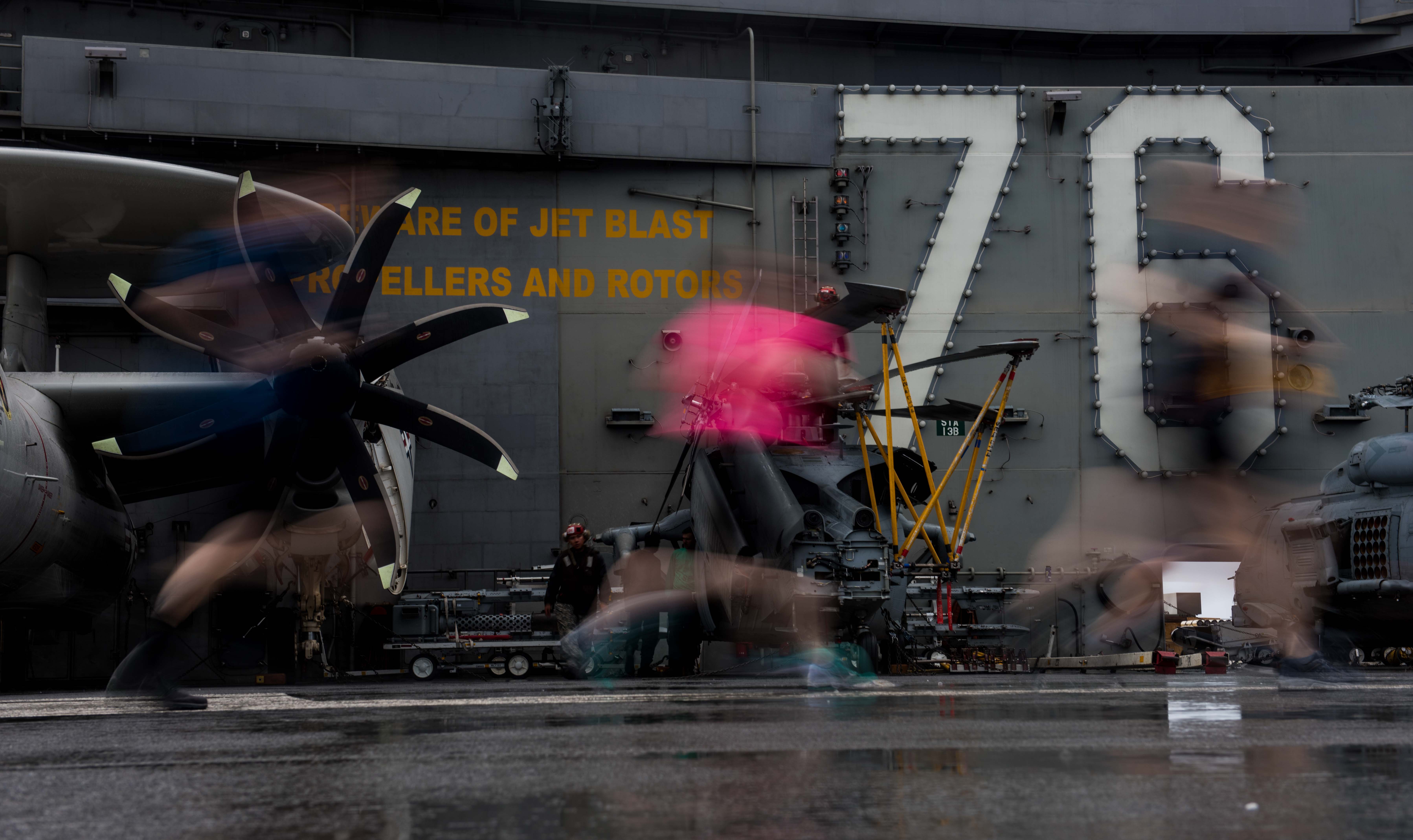
Aircraft carrier:
USS Ronald Reagan (CVN-76), homeported in Yokosuka, Japan
Carrier Air Wing 5
CVW 5, based at Naval Air Facility Atsugi and Marine Corps Air Station Iwakuni in Japan, is embarked aboard Ronald Reagan and includes a total of nine squadrons and detachments:
- The “Royal Maces” of Strike Fighter Squadron (VFA) 27 from Marine Corps Air Station Iwakuni, Japan
- The “Diamondbacks” of VFA-102 from MCAS Iwakuni, Japan
- The “Eagles” of VFA-115 from MCAS Iwakuni, Japan
- The “Dambusters” of VFA-195 from MCAS Iwakuni, Japan
- The “Shadowhawks” of Electronic Attack Squadron (VAQ) 141 from MCAS Iwakuni, Japan
- The “Tiger Tails” of Carrier Airborne Early Warning Squadron (VAW) 125 from MCAS Iwakuni, Japan
- The “Providers” of Fleet Logistics Support Squadron (VRC) 30 from Naval Air Facility Atsugi, Japan
- The “Golden Falcons” of Helicopter Sea Combat Squadron (HSC) 12 Naval Air Facility Atsugi, Japan
- The “Saberhawks” of Helicopter Maritime Strike Squadron (HSM) 77 from Naval Air Facility Atsugi, Japan
Destroyer Squadron 15
DESRON 15 leadership is embarked aboard Ronald Reagan and commands the strike group’s guided-missile destroyers. Reagan is employing part of the squadron, which also deploys for other missions in the region.
- USS Mustin (DDG-89), homeported in Yokosuka, Japan
Guided-missile Cruisers
- USS Antietam (CG-54), homeported in Yokosuka, Japan
- USS Chancellorsville (CG-62), homeported in Yokosuka, Japan
In the Eastern Pacific
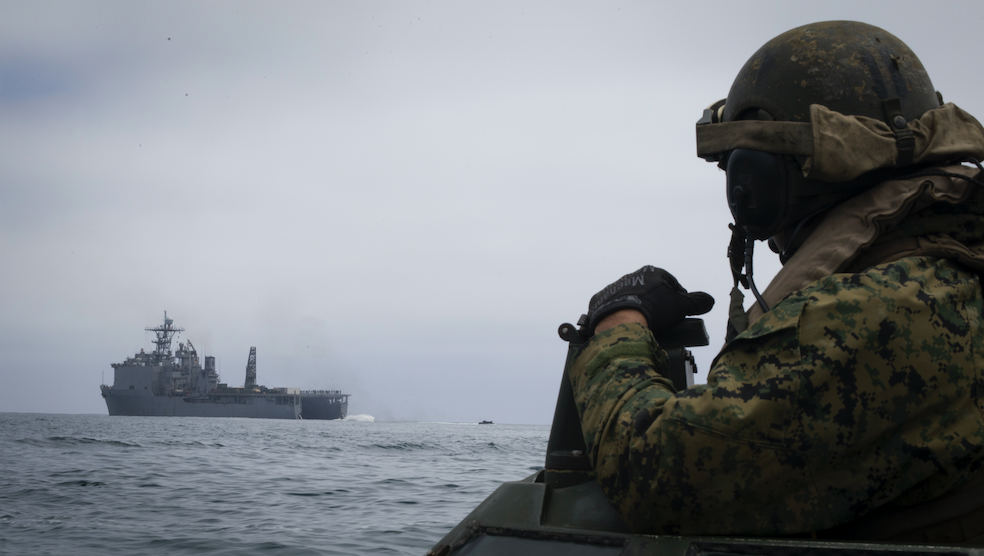
The three-ship Essex ARG and the 13th MEU left San Diego, Calif., on July 10, 2018, with no public announcement regarding the start of their Western Pacific and Middle East deployment, USNI News reported last week.
USS Essex (LHD-2), amphibious transport dock USS Anchorage (LPD-23) and dock landing ship USS Rushmore (LSD-47) departed for a routine deployment with a squadron of Marine F-35B Lighting II Joint Strike Fighters from the “Wake Island Avengers” of Marine Fighter Attack Squadron (VMFA) 211, the official confirmed to USNI News.
The deployment is the first for Marine Joint Strike Fighters from the U.S., following the deployment of Japan-based “Green Knights” of VMFA-121 on the forward-deployed amphibious warship USS Wasp (LHD-1) in March.
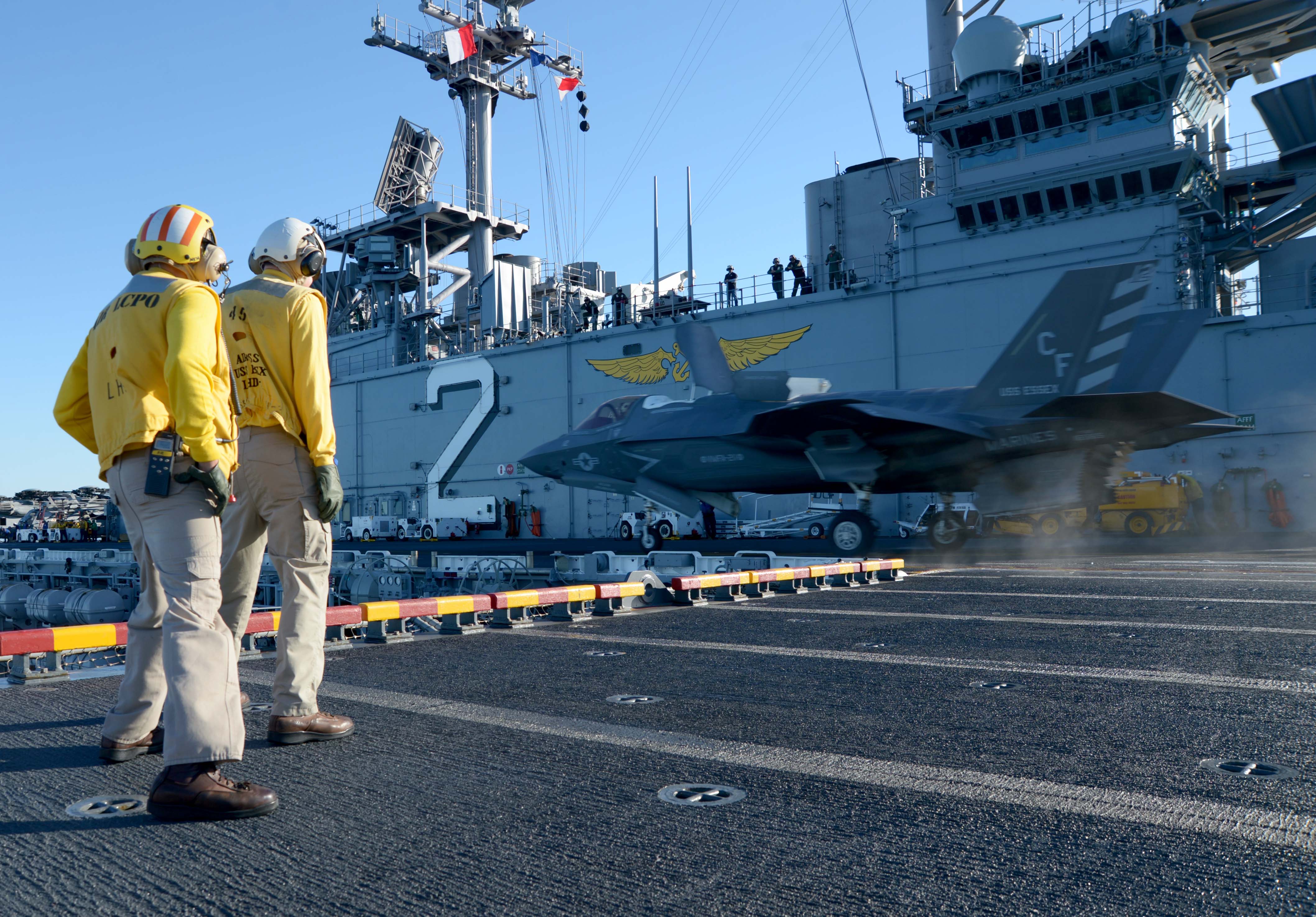
The Marine F-35Bs aboard Essex are set to bring a drastically expanded set of capabilities to the ARG/MEU beyond the more-than-30-year-old design of the AV-8B Harrier II that makes up the bulk of the Marines’ strike inventory.
In the Middle Pacific
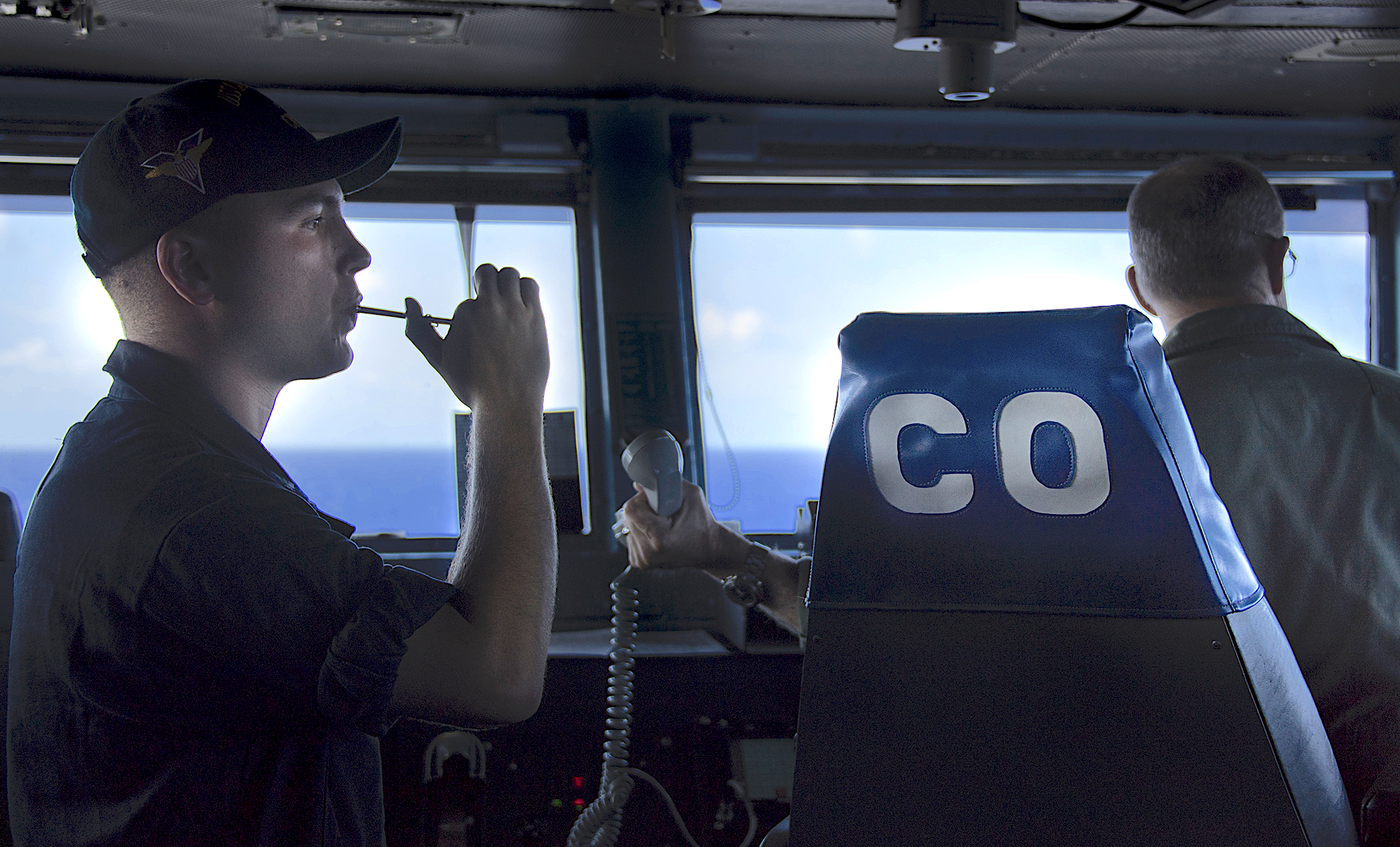
USS Carl Vinson (CVN-70) is underway in the Hawaiian Operating Areas for the Rim of the Pacific (RIMPAC) 2018 exercise. The exercise kicked off on June 27.
Carrier Air Wing (CVW) 2 is embarked on Carl Vinson for the exercise and includes nine squadrons and detachments.
Carrier Air Wing 2
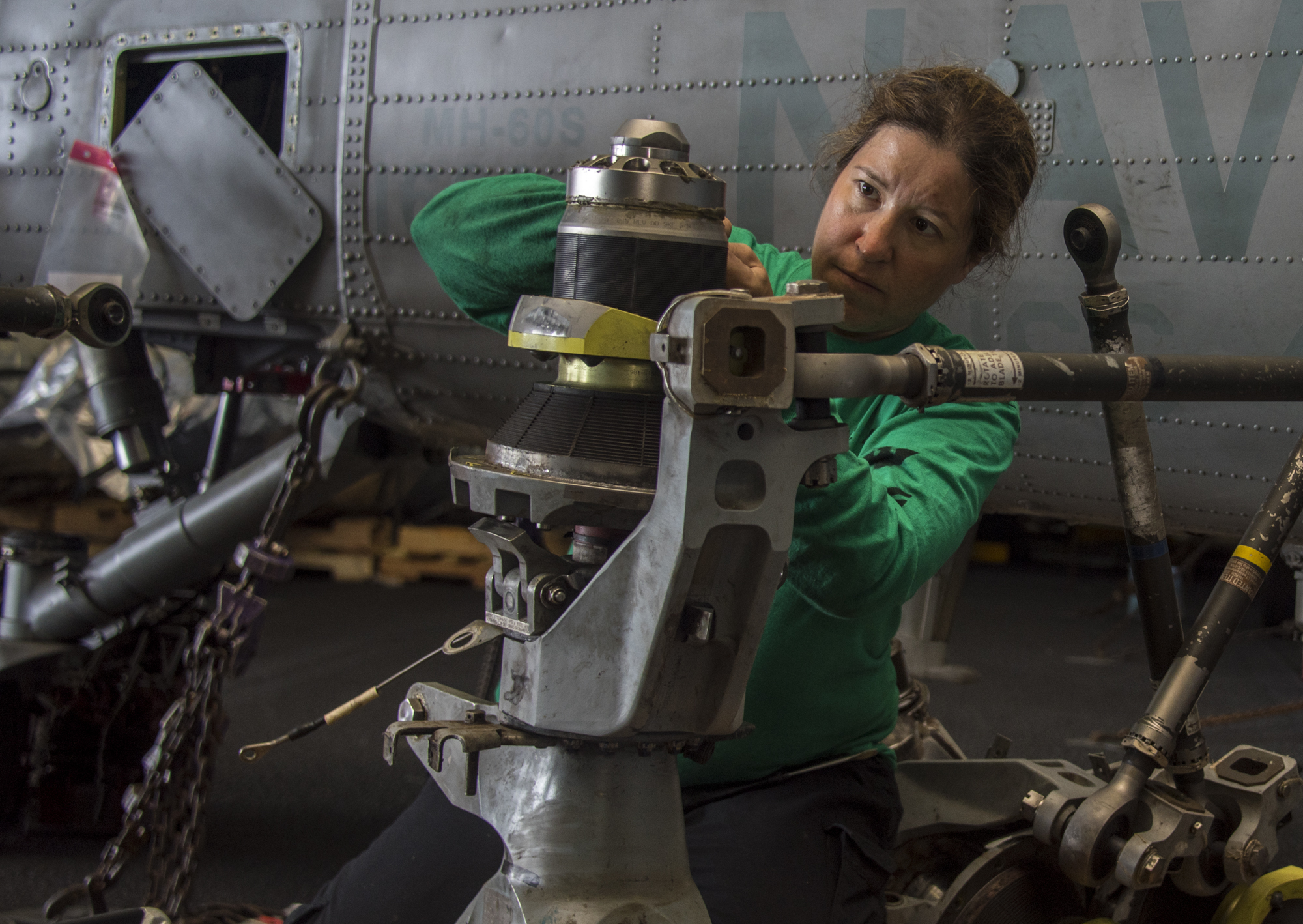
- The “Bounty Hunters” of Strike Fighter Squadron (VFA) 2 from Naval Air Station Lemoore, Calif.
- The “Blue Blasters” of VFA-34 from Naval Air Station Oceana, Va.
- The “Kestrels” of VFA-137 from Naval Air Station Lemoore, Calif.
- The “Golden Dragons” of VFA-192 Naval Air Station Lemoore, Calif.
- The “Gauntlets” of Electronic Attack Squadron (VAQ) 136 from Naval Air Station Whidbey Island, Wash.
- The “Black Eagles” of Carrier Airborne Early Warning Squadron (VAW) 113 from Naval Air Station Point Mugu, Calif.
- The “Providers” Fleet Logistics Support Squadron (VRC) 30 Detachment 2 from Naval Air Station North Island, Calif.
- The “Black Knights” of Helicopter Sea Combat Squadron (HSC) 4 from Naval Air Station North Island, Calif.
- The “Blue Hawks” of HSM 78 – Helicopter Maritime Strike Squadron (HSM) 78 from Naval Air Station North Island, Calif.
RIMPAC 2018 is the 26th exercise in the series that began in 1971.
Participants include Australia, Brunei, Canada, Chile, Colombia, France, Germany, India, Indonesia, Israel, Japan, Malaysia, Mexico, Netherlands, New Zealand, Peru, the Republic of Korea, the Republic of the Philippines, Singapore, Sri Lanka, Thailand, Tonga, the United Kingdom, the United States and Vietnam.
It will be the first time Israel, Sri Lanka and Vietnam are participating in the exercise. Just before the exercise began, Brazil dropped out of their planned participation RIMPAC 2018 exercise.
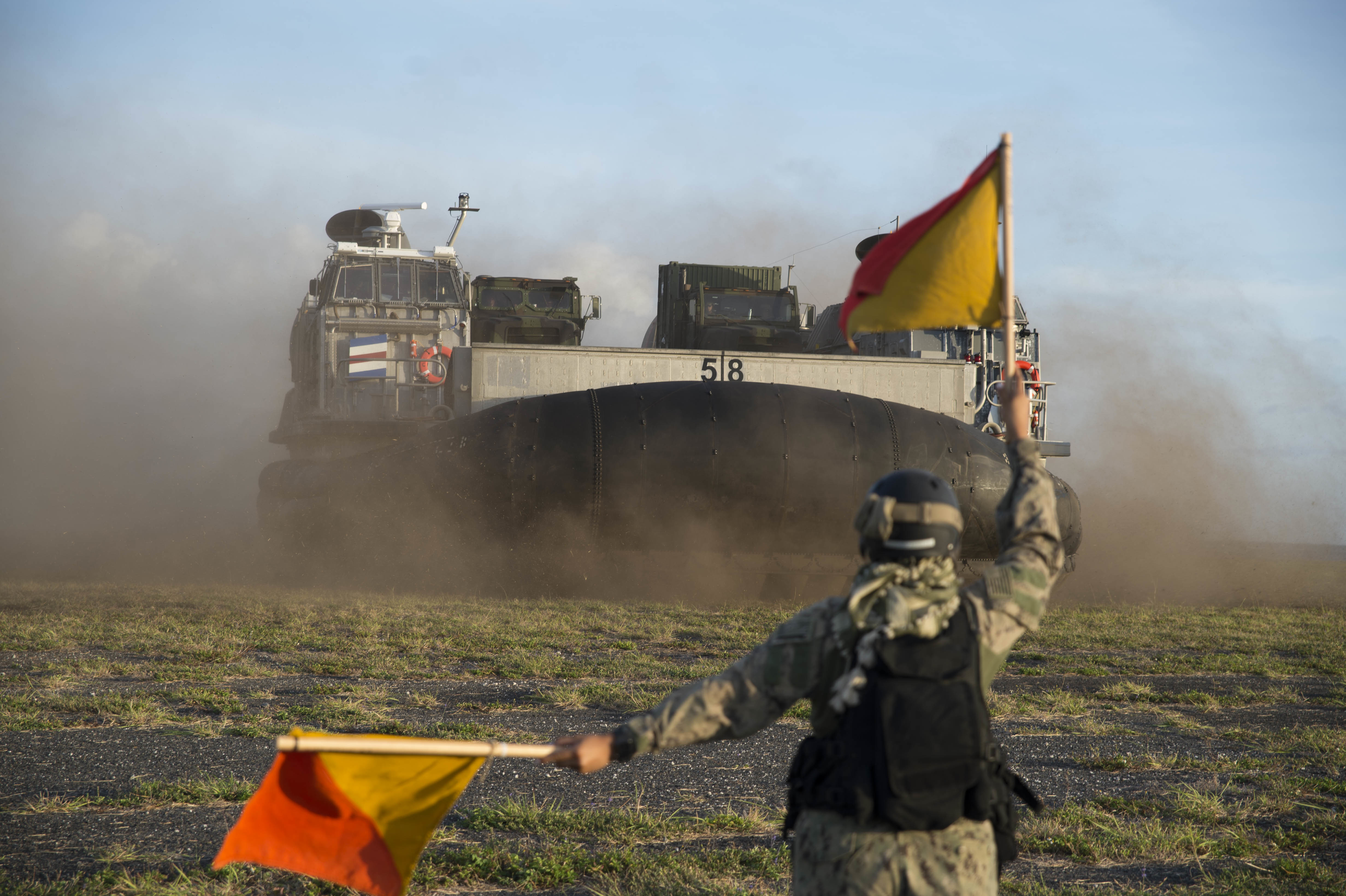
USS Bonhomme Richard (LHD-6) with Expeditionary Strike Group 3 and Marines embarked are participating in RIMPAC.
The People’s Liberation Army Navy’s (PLAN) auxiliary general intelligence (AGI) ship has been operating in the exclusive economic zone (EEZ) off the coast of Hawaii since July 11, U.S. Pacific Fleet spokesman Capt. Charlie Brown told USNI News on Friday.
“We expect the ship will remain outside the territorial seas of the U.S. and not operate in a manner that disrupts ongoing RIMPAC exercise,” Brown said.
“We’ve taken all precautions necessary to protect our critical information. The ship’s presence has not affected the conduct of the exercise.”
In addition to these major formations, not shown are thousands of others serving in submarines, individual surface ships, aircraft squadrons, SEALs, Special Purpose Marine Air-Ground Task Forces, Coast Guard cutters and more serving throughout the globe.





